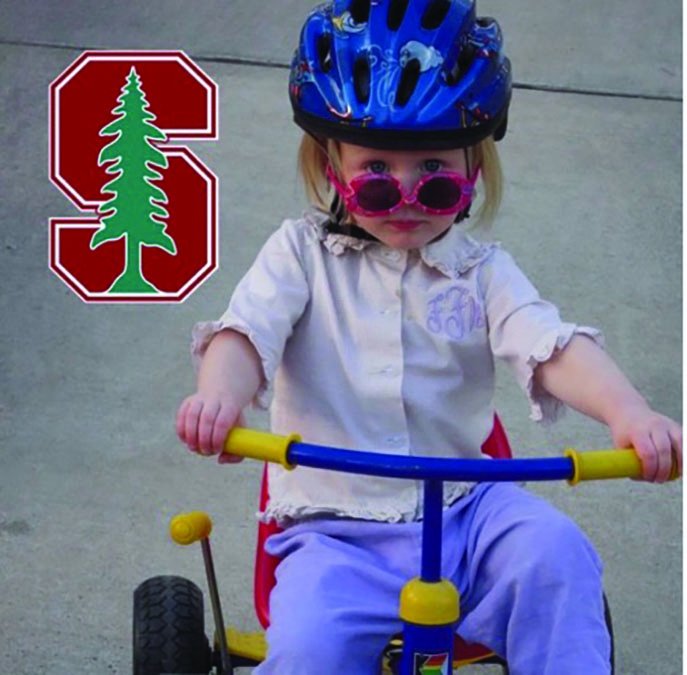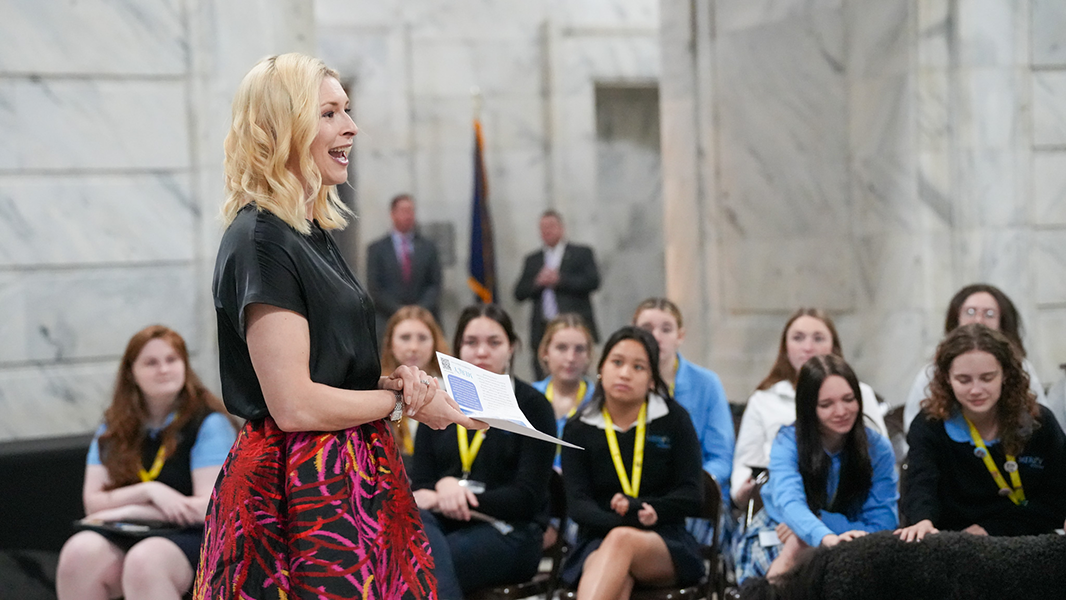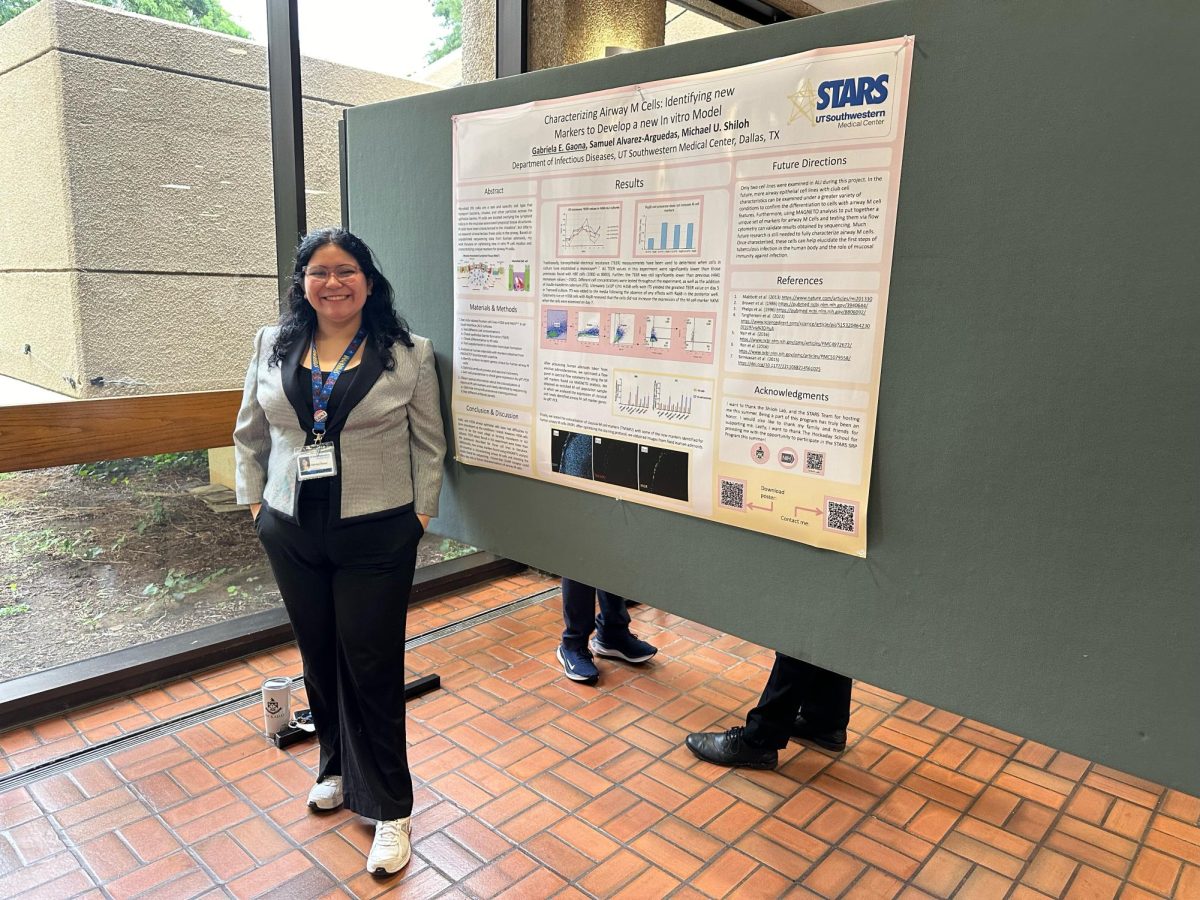Administrators Announce Plans for Phase Two of Centennial Construction
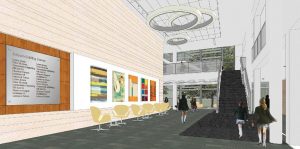
While the community may be reflecting on the past in preparation for the Centennial Year, the administration and faculty have the future in mind. Construction plans and new changes to the schedule, effective next year, may alter students’ daily lives for years to come.
Acting Chief Financial Officer J.T. Coats confirmed that Phase I of the construction for the Centennial renovations was approved by the Board of Trustees on Jan. 16. Phase I will include construction of the science portion of the new Centennial Center, a STEAM (Science, Technology, Engineering, Arts and Mathematics) facility.
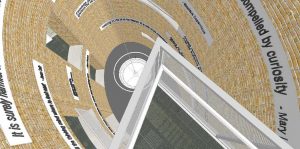
“The Centennial Center is really a fabulous physical way to represent the idea of STEAM (the engineering and mathematics along with the arts). That creativity and scientific approach to things is what really makes great learning and knowledge,” Coats said. “It is really neat how science is going to connect with fine arts… the Centennial Center is the blending of the two.”
Both the science and arts faculty were highly involved in the brainstorming aspects of the Centennial Center plans. Each discipline (physics, chemistry and biology) had time to work with the Development and Business Offices to share their ideas.

“We ask the faculty to dream and think about what would be great and cool and what would help them educate [the girls],” Coats said. “I think for the most part, they feel really good about their input into this project and they feel like it is meeting their needs and exceeding their expectations in a lot of areas.”
Several of their ideas, which will be implemented into the new building, intend to improve the learning and education of their students.
Physics teacher Richard Taylor believes that much of what the science department envisioned will be implemented by the architecture and construction teams.
“They were incredibly open to things that we came up with and were very good at discussing what you had to give up in order to add certain features,” Taylor said.
The new science facilities will feature a brand new green roof, a pendulum for physics experiments, idea labs for individual and controlled science experiments as well as an additional third floor.
Classrooms for the Upper School will also be organized by subject and will be equipped differently based on each course’s needs. For example, the actual organization and construction of a chemistry room will look much different than that of a biology room. Chemistry will reside on the first floor, physics on the second and biology on the third.
More specifically, the biology program will have a new greenhouse; the physics department will gain more electrical outputs and room for computers and probes; and the chemistry program will have more accessibility in terms of the plumbing and engineering of the actual laboratories.
Turning these ideas into reality will change not only the way students learn in their science and arts classes but also where they’ll be for the next two years.
“What that means for our science faculty is that they would have to move into portable buildings after this school year ends in May,” said Coats, who added that students will have their science classes in the “portable village” for the 2013-2014 school year.
Construction on the science section of the STEAM building will finish in May of 2014, the month in which the science faculty will move into their new building while the fine arts faculty will simultaneously move into the portables.
Administrators are still in the planning stages and will soon record student and parent opinion with various surveys.
Coats said she believes that “re-configuring the carpool line will have to happen.” The traffic studies already conducted by the school will help “determine the least disruptive way to alter carpool,” but will ultimately change the route. She said any changes will not be drastic.
Culminating with the STEAM building construction, renovations will also take place on the other side of campus in the Residence Department.
The demolition of the sky-bridge, which has connected the Morgan and Trent dormitories since 1961, will serve as the first step in a major construction plan to renovate and renew the Residence Center for the Centennial year. The execution of Phase I of the plans for the Boarding Department will begin this spring and end in October of this year.
With the new projects in the Boarding Departments comes a physical representation that exemplifies how “residence is a cohesive part of the campus,” Coats said. The new connecting piece between the two dorms will feature three floors, instead of one. The second and third floor will be equipped with study rooms, storage closets and more communal spaces.
Coats assures that the construction will be minimally invasive in terms of interfering with the residence students’ lives. Most of the major renovation will be finished by August. This will include the revamping of the bathrooms, the construction of the new and improved sky-bridge and the creation of two more faculty apartments.
“The new apartments are going to help provide a new adult feel as opposed to being all teenage girls. It’s going to be more familial,” Coats said.
Phase II of the plans for the Residence Department will include moving the outdoor pool to the area in between the dormitories. Coats said that the timing of these plans is still tentative.
In addition, the administration and faculty has decided to implement another significant change. Starting in August, the Upper School’s first period will start at 8:30 a.m., 30 minutes later than current start time.
Matthews said that the faculty has discussed the prospect of a late-start for many years with the intention of giving girls more time to sleep.
“If you look at an average student’s schedule… of course, they are going to be up until 12 or 2 or 1 [a.m.],” Matthews said. “We are trying to do something to help.”
The 8:30 a.m. late start is essentially a trial run for a proposed 8:50 or 9 a.m. start time in the coming years. However, Matthews believes that this is a good way to begin having a discussion about where to cut time from the current schedule.
“Ideally, maybe 3 years from now when we’re out of the construction phase and everything seems to be settled a little bit more, we’d even like to push that back more.”
Unlike the Upper School, the Lower and Middle divisions will not change their schedule and will continue to start first period at the normal 8 a.m. time.
“Lower and Middle [School] did their research, and they decided that it was best for them to go ahead and stay with the 8 o’clock start,” Matthews said.
She does believe that, although traffic did not directly cause the change in the start time, the altered schedule will definitely help carpool during the construction next year.
“In terms of construction, [this new start time] is really helpful because we are going to get Lower School out of this side of the school and then 30 minutes later, the Upper School will be coming in,” Matthews said.
The administration will decrease the length of passing periods for “non-attendance taking” times of the day, such as advisory, conference period and lunch.
In between classes and 80-minute periods, such as the passing period between C and D blocks, the length will stay the same.
While this may come as a welcome change for many Upper School students wishing for more sleep, the change does affect some students with younger sisters. Junior Cate has a younger sister in fifth grade and says that her family will have to make an adjustment.
“Next year, I will have to take her to school and get here early,” Cate said. She adds that her family may now take two cars in the morning; however, much is still left to be determined.
However, Matthews assured that all of these new ideas will result in very positive change for the Upper School.
“It seems like a year with a lot of change to start with new uniforms, new start time and there are maybe a couple of other things that will come out in the next couple of weeks,” she said, “but they will all be things that [students] will be appreciative of.”
-Katie




